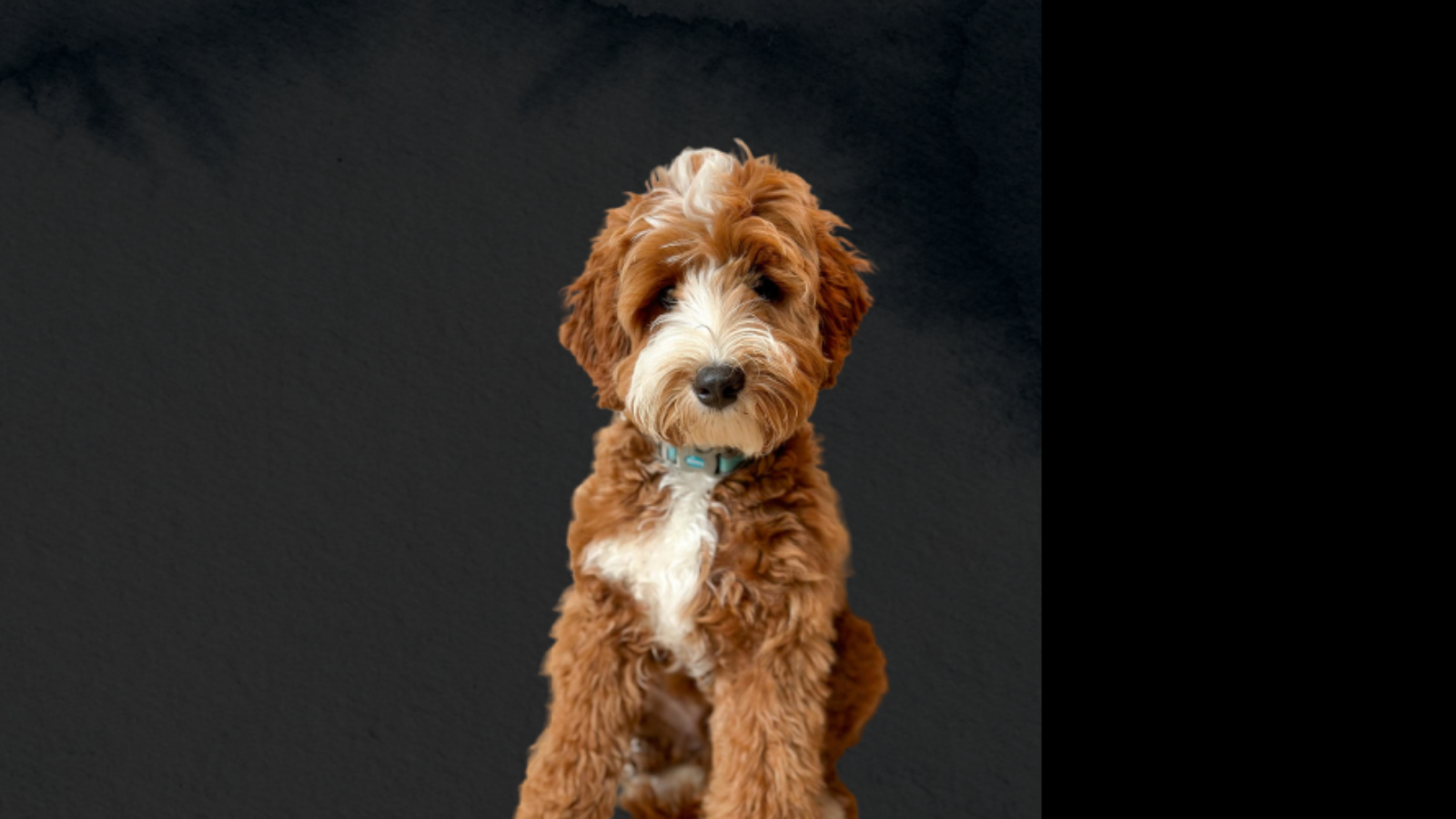Have you ever dreamed of a dog that’s playful yet gentle, intelligent yet easygoing, and affectionate without triggering allergies? Meet the Australian Labradoodle—a breed that checks all the boxes for the perfect family companion. With their cheerful personality, high intelligence, and hypoallergenic coats, these dogs bring love, laughter, and loyalty into any home. Whether you have young children, live in an apartment, or are welcoming your very first pet, an Australian Labradoodle adapts effortlessly to different lifestyles, making them an ideal furry friend.
Unlike some breeds that require extensive training or constant supervision, Australian Labradoodle Puppies are naturally friendly and eager to please. Their calm yet playful temperament makes them great with kids, while their intelligence ensures they pick up commands quickly, even for first-time dog owners. Plus, their low-shedding, allergy-friendly coat makes them a top choice for households with sensitivities. In this article, we’ll explore why Australian Labradoodles are more than just adorable—they’re the ultimate family pet!
A Friendly and Loving Companion
One of the most cherished traits of Australian Labradoodles is their affectionate and social nature. These dogs are known for forming strong bonds with their families and thriving on companionship. Unlike independent or aloof breeds, Labradoodles crave human interaction and love being part of family activities. Whether it’s cuddling on the couch, playing in the backyard, or accompanying you on errands, they want to be wherever you are. Their friendly demeanour also makes them excellent with children. They are naturally gentle, patient, and tolerant, which is crucial when interacting with young kids who may not always be the most careful.
Highly Intelligent and Easy to Train
Training a dog can sometimes feel like a daunting task, but Australian Labradoodles make the process surprisingly easy. Thanks to their intelligence and eagerness to please, they are highly trainable and respond well to positive reinforcement. This makes them an excellent choice for first-time dog owners who may not have extensive experience with training. Whether you’re teaching them basic commands, house manners, or fun tricks, Labradoodles pick up on instructions quickly. They excel in obedience training, agility sports, and even therapy work, making them one of the most versatile family pets.
Hypoallergenic Coat – A Game-Changer for Allergy Sufferers
One of the biggest concerns for potential dog owners is pet allergies. Many families dream of having a dog but worry about allergic reactions caused by shedding fur and dander. Luckily, the Australian Labradoodle was specifically bred to be hypoallergenic. Their soft, curly, or wavy coat minimizes shedding, reducing allergens in the home. While no dog is completely allergen-free, Australian Labradoodles produce significantly less dander than many other breeds, making them a popular choice for those with sensitivities. Regular grooming and brushing help maintain their coat’s health and further reduce the risk of allergies.
Adaptable to Any Lifestyle
Another reason Australian Labradoodles make such amazing family pets is their adaptability. Whether you live in a spacious suburban home or a cosy apartment, these dogs adjust well to different living environments as long as they get enough exercise and mental stimulation. They enjoy daily walks, playtime, and the occasional adventure, but they’re not overly demanding in terms of exercise. A mix of outdoor
activities and indoor bonding time is enough to keep them content. This balance makes them suitable for families with various activity levels—whether you’re an active jogger or someone who prefers relaxed strolls in the park.
A Lifetime of Love and Loyalty
Australian Labradoodles are more than just pets—they become an inseparable part of the family. Their loyal and affectionate nature ensures they remain devoted companions throughout their lives. Unlike some breeds that are prone to anxiety when left alone, Labradoodles handle alone time well as long as they receive regular interaction and stimulation. Owning an Australian Labradoodle means experiencing unwavering love, playful energy, and constant companionship. Whether you’re looking for a dog that will grow up alongside your children, bring joy to your daily routine, or simply fill your home with love, this breed is the perfect fit.
Final Thoughts
The Australian Labradoodle Puppies is the perfect blend of friendliness, intelligence, and adaptability, making it an ideal family pet. Their loving nature, easy trainability, and hypoallergenic coat ensure they fit seamlessly into households of all sizes. Whether you’re a first-time dog owner or have a bustling family, this breed offers unwavering loyalty and companionship. With their playful energy and affectionate spirit, Australian Labradoodles bring endless joy to any home—proving that they are more than just pets; they’re family

